Are you always looking for tips and tricks to help cut food costs and waste?
Proper food storage prevents unnecessary waste but also lessens your grocery bill and minimizes the risk of contracting a food-borne illness. According to Money, the average household tosses out about 20% of the food they buy. For the ordinary family, that sums up to over $1,500 worth of food per year!
To help you reduce food waste and finally save money, here are 11 fresh food storage tips:
1. To preserve herbs, treat them like flowers by keeping them hydrated
Storing herbs can be a hassle. The best way to store fresh herbs, asparagus, and green onions is in a tall glass or vase with water in the bottom for the roots to soak up. Place a plastic bag over the top, unsealed, and store in the fridge.
Simply Recipes recommends cutting off the stems of tender herbs, like parsley cilantro, and basil. Be sure the leaves are dry before dropping them in a small cup of water.
Do not wash herbs before storing them. Take only the amount you need and wash it right before using in food, reserving the rest (unwashed) for later.
2. Use lemon juice to keep vegetables and fruits fresh
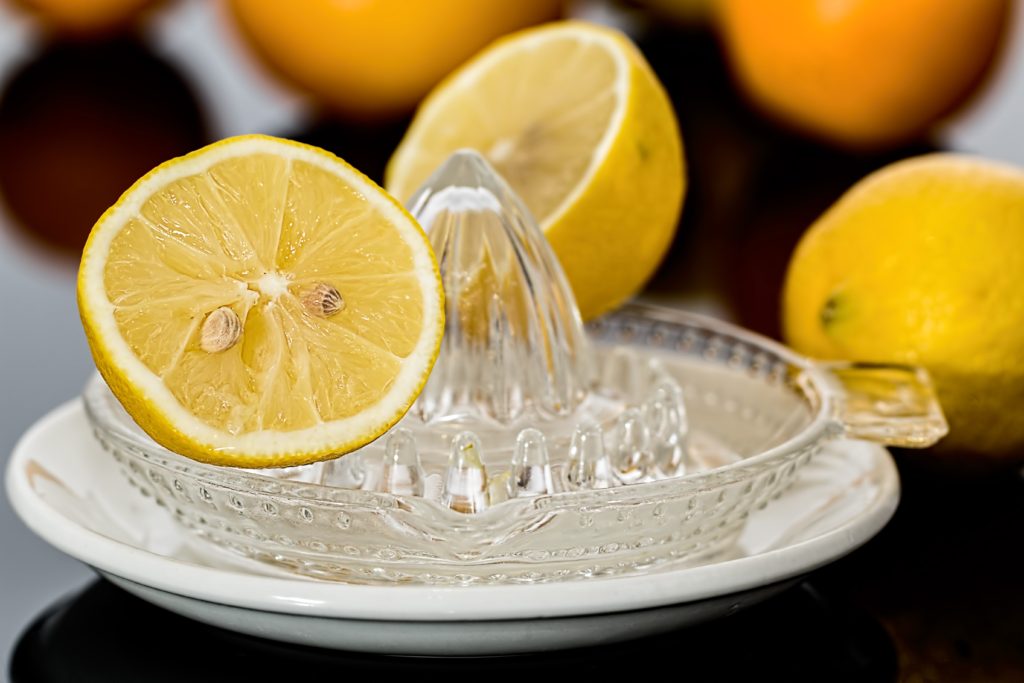
The acid from lemons can help preserve other fruit and vegetable slices.
We don’t always want to use up an entire product at once, and in cases like these, the other half will usually start spoiling faster, and it starts browning.
According to Food52, just a splash of lemon juice can help keep sliced avocados fresh by preventing oxidation.
3. Some fruit and vegetables need to be stored separately
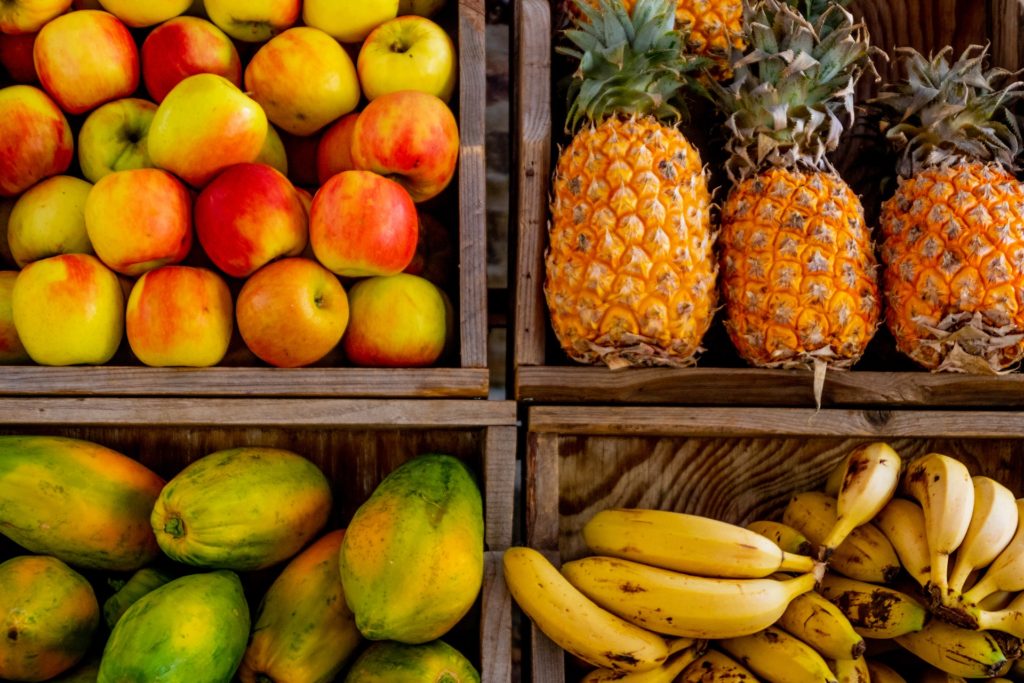
There are a few foods that can spoil more quickly if kept together. You should always store gaseous fruit and vegetables separately:
- Cabbage
- Apples
- Bananas
- Avocados
- Melons
- Mango
- Lettuce
- Peaches and nectarines
- Onions
- Pears
- Ripe tomatoes, etc.
Less gaseous food like citrus fruit, potatoes, carrots, and broccoli, can be safely stored together.
You can store bell peppers, berries, and kale anywhere.
4. Wrap celery in foil to keep it fresh
The Kitchn recommends wrapping whole celery stalks in tin foil to keep it fresh up to four weeks in your crisper drawer. Avoid pre-cutting or washing it before storing it.
While for snacking, crunch matters, soggy celery can be used to make stock and stew and doesn’t need to be thrown out.
5. Do not wash berries before use
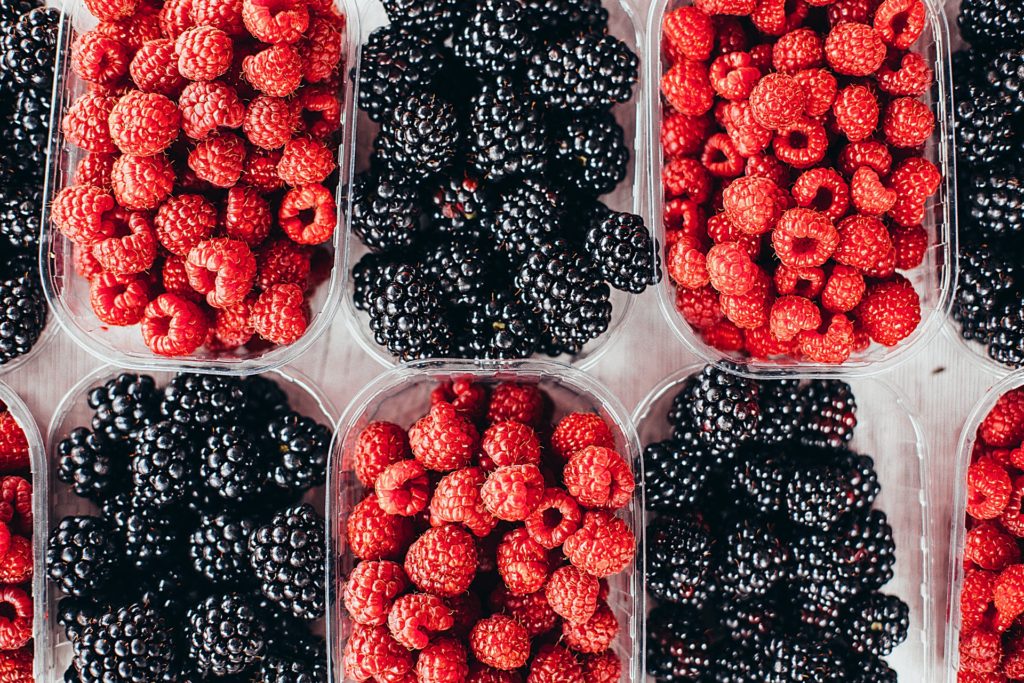
It’s essential for these fruits to wash them only before eating, because they are extremely fragile, and water can lead to early molding.
When washing berries, be careful not to rinse under a faucet because the water stream can damage these fragile fruits. The Kitchn advises to soak them in water and then place them in any well-ventilated container.
6. Do not store cheese in plastic
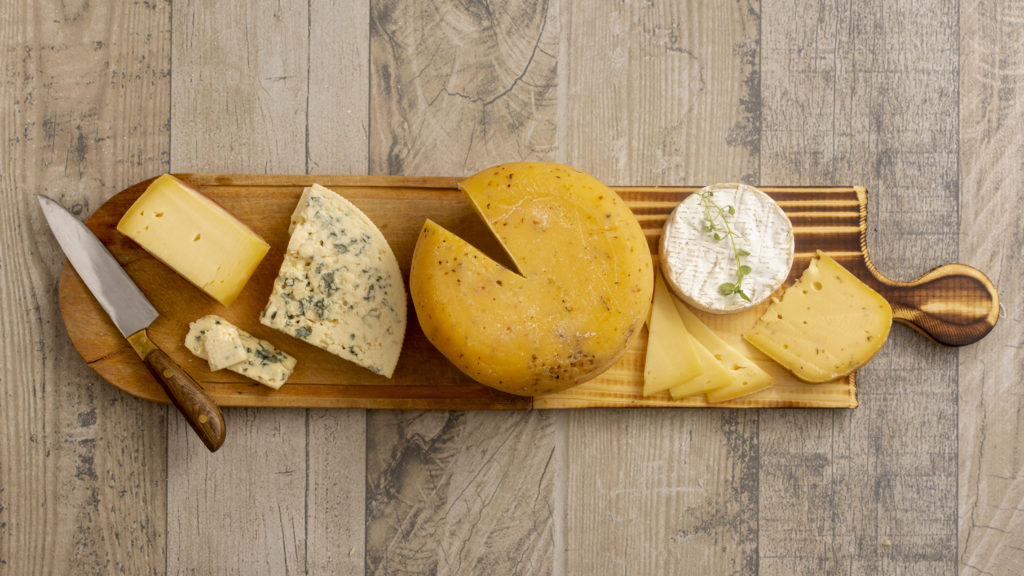
The best way to store cheese is to wrap it in wax paper or cheese paper and then place it in an unsealed plastic bag. This allows the cheese to breathe while preserving consistency and flavor.
Be careful not to store cheeses next to other aromatic foods, because they will absorb each other’s flavors.
7. Always keep your meat in the freezer
According to the United States Department of Agriculture (USDA), poultry and meat maintain their freshness and nutritional content in the freezer.
Poultry can be stored in the freezer for up to 9 months. Fish can be frozen for 6-9 months even if purchased fresh, and red meat can be stored up to 12 months.
A full, detailed storage chart can be found here.
8. Store leafy greens in damp paper towels
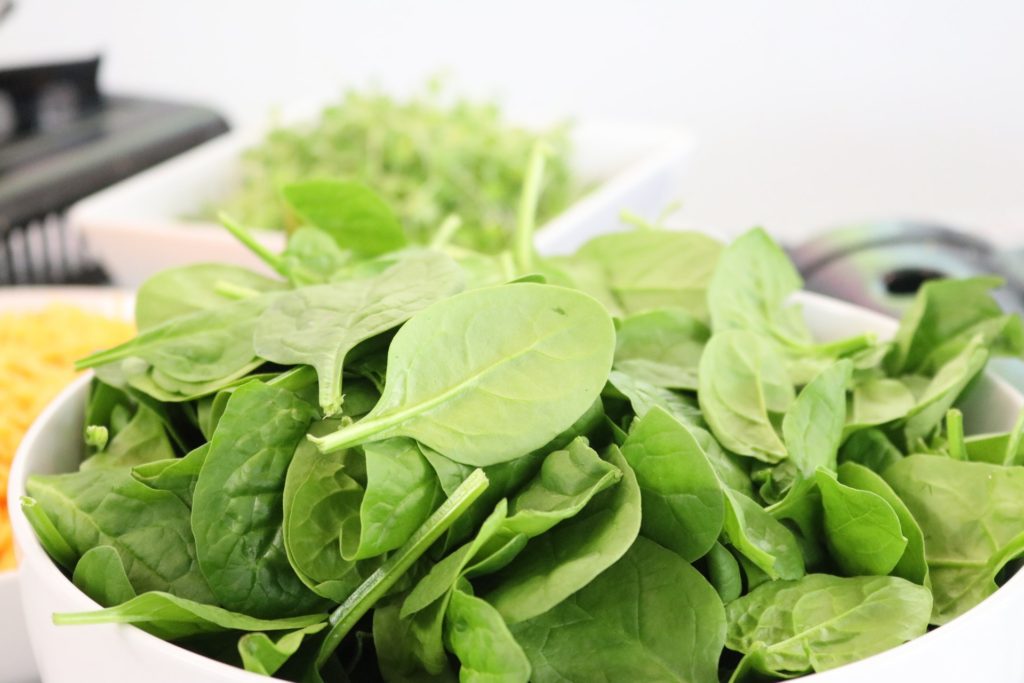
To prevent slimy residue from depositing in food storage containers, greens, like lettuce, spinach, and kale, are best washed, dried, and wrapped in a slightly damp paper towel. This way, you will keep them hydrated and fresh for longer.
9. Never store bread in the fridge
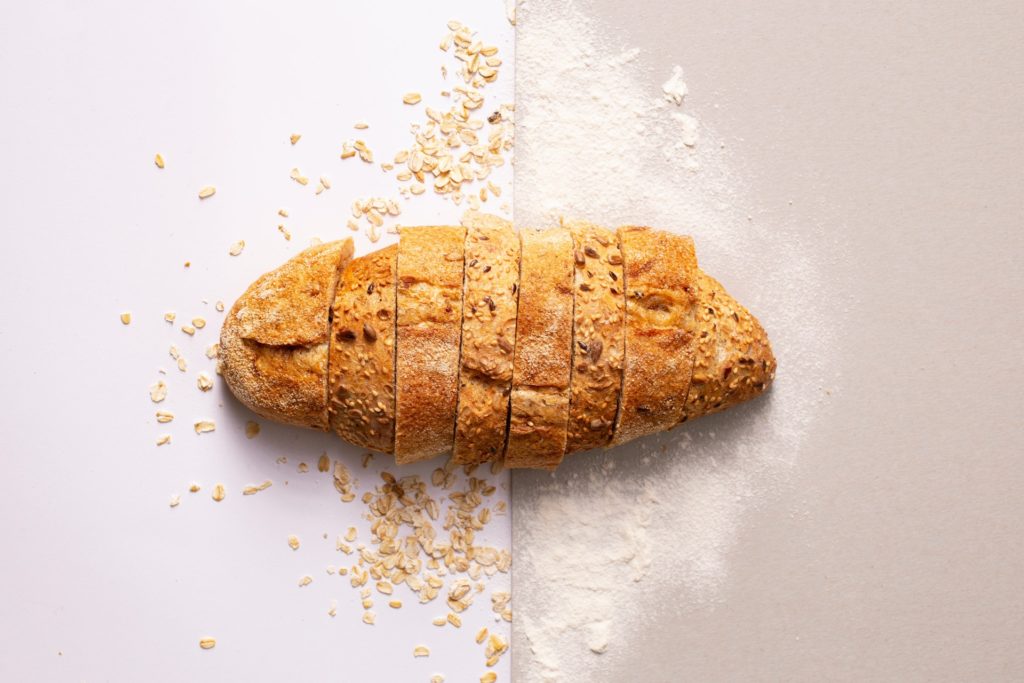
One of the most popular storage mistakes is keeping bread in the fridge; it only makes it go stale faster. According to Epicurious, the best way to keep bread fresh is to keep it at room temperature on your counter. If you don’t have a bread box, wrap the bread in a cloth or kitchen towel.
You can also keep the bread in the freezer, this way you extend its shelf life to up to 2-3 months. It’s best to keep it sliced so that you thaw only what you need. Reheat them in the oven at 350° or in a toaster.
10. Store mushrooms in the fridge
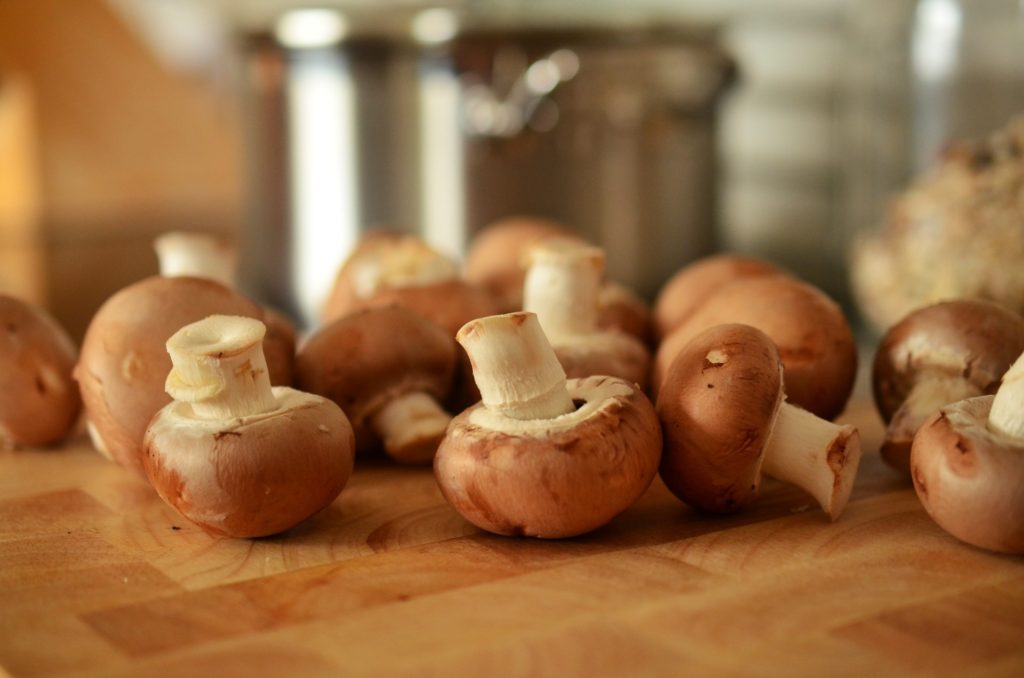
According to the Food Network, it’s best to first take them out of the container they were bought in. For optimal freshness, the best way to store mushrooms is in a paper bag in the fridge.
After washing, dry the mushrooms thoroughly and wrap them in paper towels before placing them in the container. This way, mushrooms can last up to 10 days.
Do you think it’s possible to live life without plastic? Learn what 6 Reusable Items Can Help You Live Waste-Free.


























